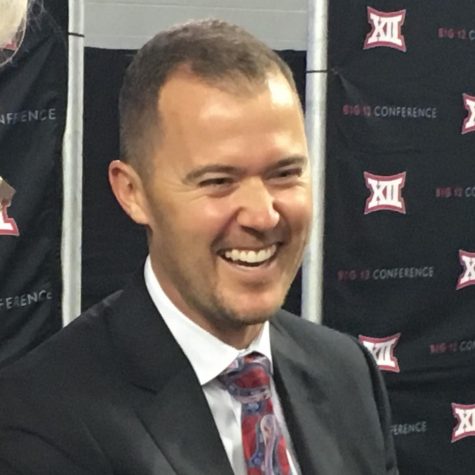ASL: The Language that Should Actually Be Taught in Schools

Photo from Wikimedia Commons
Over the course of the past couple years, interest in deaf culture has been on the rise. This, however, raises the question of whether or not this interest will develop into changes being made in society or if this is just another trend. I have a deaf aunt and I have seen first hand people discriminate against her as well as the language barrier become an issue. These types of problems are not commonly acknowledged by the public. There are more than 50,000 deaf people in the United States and Canada alone. Reform begins with teaching American Sign Language (ASL) in schools nationwide, instead of foreign languages that aren’t commonly spoken in the U.S., say Italian or Japanese or even Latin for example.
If ASL was taught in schools, language barriers could be easily avoided, thus allowing people to communicate/interact with deaf or hard of hearing (HOH) people with more ease. This language barrier is present in everyday life, especially in fast food services. In Feb. 2020, a deaf man along with his hearing girlfriend went through a McDonalds drive-thru in order to document and share with the world, via YouTube, what deaf or HOH people have to go through on a daily basis. In this video, he is initially denied service, but is later served 10 minutes later. He even notes how much easier life would be if everybody even knew basic ASL. Learning ASL in school, even if its only the basics, would allow those apart of the ASL community to feel more respected and things will be more accessible to them. ASL being a language taught in schools is just the beginning to the long deserved inclusivity.
ASL, like all other spoken languages, comes with its own unique challenges that make it extremely suitable to be taught in schools. According to the National Association of the Deaf, “Like any spoken language, ASL is a language with its own unique rules of grammar and syntax.” Schools everywhere claim that they want to push their students in every aspect, especially mentally. They also claim that they want to prepare students for the real world, hence teaching them spoken foreign languages to break down a variety of social barriers. Sure, Spanish, Chinese, and even French for that matter are being used on the daily, especially you here in America. The practicality of ASL and how much it is used is on par to the languages listed above and even more so than a dead language like Latin for example. By teaching ASL, schools nationwide will continue to challenge their students whilst doing them a great service and preparing them for realistic encounters. ASL is simply just more practical.
“Aren’t there clubs for learning ASL?” many may ask. “Isn’t that enough?” To that I offer this rebuttal question: How much could you possibly learn in a robotics club compared to the amount you could learn in a mechanical engineering class? Like everything in life, there is so much more than meets the eye with ASL. There is so much more to sign language than just hand movements. There is a whole culture behind the language along with subtleties and nuances that can’t just be taught in a club meeting, which brings me to my next point.
Many are interested in learning ASL and everything that comes with it, but there is a lack of quality resources available for them to do so. Making it a part of the education system can very well make learning about deaf culture and ASL more accessible to the public. Mashable released an article in which they claimed, “From free online lessons to video tutorials, a world of possibles is open for those aspiring to themselves this hands-on language.” While there is some truth to that, some things just can’t be taught virtually. One needs to learn face to face in order to deep dive into the subtleties of the language, facial expression for example. The same way that tone helps the hearing person understand the emotion behind what someone is saying, facial expression acts the same way for those who use sign language. Making a curriculum purely based around ASL offers a deep dive into this amazing language and culture than the surface level instruction provided by online lessons and tutorials.
ASL being taught in school is, overall, just the best option in order to continue to challenge students whilst providing an amazing resource for those who are genuinely interested and preparing them for real scenarios. I have found that may take a language that they will never use simply because it sounds cool. It is just not practical in the U.S. Allow me to ask you this question: Would you rather waste your time and money on something that is rarely going to ever benefit you, or take away something practical and useful that you will use for the rest of your life?




